|
Just as you should spend a 5-10 minutes raising your internal body temperature before activity, you should spend a few of those minutes turning on your core. This is not to be confused with an abdominal workout. Again, before that run, basketball game, Cross fit workout, whatever; don't you think you should wake up the area of you body that connects your shoulders and arms to your hip and legs? I used this as part of my warm up this week and really enjoyed it. Check these 4 easy exercises out. 10 times each side. Rotation and Lift Quadruped Glut & Pull Dead Bug Press Side Plank with Twist
2 Comments
As my son approaches 2, I reflect back on his short time here on this Earth and also my time as a parent. I can't help but think about my wife, and the challenges she faced getting back to an active lifestyle she was accustomed to. It took over a year for her to 'get it all back.' Since then, I have seen many postpartum women that come in with various aches and pains and it always takes me back to seeing my wife with belly out to here (extend hand away from body). Needless to say, having a baby takes a major toll on your body, both physically and mentally. So while I may not have had a child myself, I worked in a women's health clinic in the past, treated many postpartum patients over the years, and now seeing it all first hand, here are my tips, with links, to getting it all back. So, I googled 'postpartum core exercises' and here are some of the top findings, with my professional, and personal, feedback:
What's a Pelvic Tilt?Lay on your back. Knees bent, feet flat. press your low back flat on the ground without pressing through your feet....and keep breathing. Here is my (quick) playbook for getting stronger after having a baby:
I love to hear feedback! Hope this help some mamas out there! Dominick Strength in your hips is imperative to help take pressure off your low back and knees. Your glutes are some of the largest muscles in your body and often times are under trained. This leaves your low back or knees, joints that are not surrounded by much musculature, to do the 'heavy lifting.' Single Leg DeadliftThe Single Leg Deadlift is the second of three exercises I commonly prescribe to work on hip and knee strength and stability. It is a challenging exercise that requires good balance but can still be tailored to any fitness level. Step 1: Single Leg Balance Start by standing on the leg you are intending to strengthen. That knee should be locked straight with that glut tight. You can see from the side picture, I can draw a straight line from my shoulder through my hip to my ankle. From the back, I can draw a straight line from my head through my hip to my ankle. The opposite hip and knee are bent to a 90 degree angle. If this is challenging, you can use a foam roll or counter to help with support. Step 2: Swing Next, swing the floating leg back, allowing the knee on the stance leg to bend slightly (no more than 20 degrees). Hold this position for 1-3 seconds and return to the starting position, never letting your swing leg touch the ground. It is crucial to keep your pelvis level with the ground. I often use my arm as a guide to help me make sure this happens. A mirror is also a great feedback system. If the pelvis rotates, the glut is not doing the work, and you are not getting benefit from the exercise. Regression: use a foam roll or counter to help with balance
Progression: hold a weight on the opposite side of the stance leg; the arm should be loose and the weight does not need to touch the ground. 10 reps, 3 sets. Stay tuned for the last exercise: Single Leg Balance Press. In the meantime, if you have any questions, feel free to ask. Dominick
The plank should be felt in the abs. It's probably one of the most boring exercises out there, however one of the most effective. Why? Well, to simplify it, you have 4 layers of abdominal muscles. The top layer, the rectus abdominis AKA your six pack muscles (its there...somewhere), has a vertical orientation. Your next 2 layers, your obliques, run diagonally. Your deepest layer, the transverse abdominis, has a horizontal orientation, wrapping around and attaching into the back, and functions similar to a corset (or a weight belt if you packing a little extra testosterone today). The plank targets the transverse abdominis. Two small tweaks to you plank and you could be activating this muscle, and making the exercise more difficult and effective while putting less load on your spine. There is some research that proves it. 1. Tuck your pelvis, tuck your tailbone, round your low back; all cues to POSTERIORLY TILT YOUR PELVIS. 2. Move your elbow AWAY from your body; increasing the demand on your 'core' and less on your shoulders/pecs Doing it this way is harder than it looks. Start with 30 sec on, 30 sec off, 6 times. Too easy? Go to 45 sec on/45 sec rest 6 x, then 60 sec on/60 sec rest 6x. I tell patients to start on their elbows and knees and progress to elbows and feet. If you can do 60 sec on/60 sec off 6 times with proper form like the last pic, your name should be on a plaque.
Have any questions? Let us know! Have a great week! In 2015, Golden State Warriors coach Steve Kerr had surgery to fix a ruptured disk in his low back.
Since, he has fought complications, including missing almost half of the games last year and now, missing games 3 and 4 of the playoff series against the Portland Trailblazers. Unfortunately, he could be out longer depending on how fast he recuperates. “I can tell you if you’re listening out there, if you have a back problem, stay away from surgery,’’ Kerr told reporters. “I can say that from the bottom of my heart. Rehab, rehab, rehab. Don’t let anyone get in there.” While San Ramon Valley Physical Therapy has helped numerous patients recover very well from low back surgery, the key take away from Kerr's message is to make sure you attempt a great rehab program before going under the knife. In the ABC article, Spine Surgeon Dr. Steven Lee at Muir Orthopedics gives a great perspective confirming that a majority of people do not need surgery and low back pain can be solved in many different ways. If you have questions about your low back pain, feel free to reach out to us at: [email protected] A low back MRI can help out a great deal with understanding if there is anything wrong with the anatomical structures (like a fracture, spinal cord damage, or even cancer). Once major diagnoses are cleared, scary words like "degeneration" and "disk bulge" may appear on the MRI report It is important to realize that these findings are very common in people without any pain. A few smart researchers performed a study and looked at low back imaging of over 3,000 asymptomatic people of all ages and found some pretty amazing information. See a nice chart of their finding below: The study's abstract says it best:
"The prevalence of disk degeneration in asymptomatic individuals increased from 37% of 20-year-old individuals to 96% of 80-year-old individuals. Disk bulge prevalence increased from 30% of those 20 years of age to 84% of those 80 years of age." Imaging findings of spine degeneration are present in high proportions of asymptomatic individuals, increasing with age. Many imaging-based degenerative features are likely part of normal aging and unassociated with pain. These imaging findings must be interpreted in the context of the patient’s clinical condition." Bottom line: Just because your MRI says there is spine degeneration, don't fret! It's part of the normal aging process. If you have back pain, skilled physical therapy can help get you moving pain-free! Let us know if you have any questions! [email protected] Happy New Year! With exercise and fitness, there is always the next newest and best thing. With that being said, never forget the fundamentals! They should apply to any of the new routines and exercises you are encorporating. With core stabilization exercises that are preformed on your back or in a plank, you should always start with and maintain a posterior pelvic tilt. What does that mean? Check out the pictures below:
Whatever the core exercise try and keep a posterior pelvic tilt to limit the back's involvement in the exercise.
Try it! Lay on your back and arch yor low back off the ground. Reach under and feel how tight your low back muscles are and then reach around and feel how loose your abs feel. . Now press your low back into the ground and feel your abdominals turn on; this is a posterior pelvic tilt. Magic. Please notice the angle of the wast line in the pictures above! This goes for planks, scissors, marching, and leg lifts (especially leg lifts!!! No hands under your butt and back arching!). This applies when we are asking the spine to be straight and not for any flexion (ex: sit ups) or rotation (ex: Russian twists) exercises. If you have any questions, feel free to let me know! [email protected] As physical therapists who try to stay up with the latest research in our field, we feel it's important the general public is more aware and understanding of their bodies and how it works.
Below is a part of Richmond Stance's article on Specialist Pain Physio and are 5 common myths of low back pain: 1. Bending is dangerous 2. Discs slip 3. Nerves are trapped 4. Low back pain is in isolation to everything else in your life. Comments: 1. Bending is normal. Sure it can hurt when the back is being protected, and when we have back pain the muscles are guarding and this can reduce the amount of movement. In the acute phase, most positions and movements hurt, but this is protection and it is meant to be unpleasant in order to motivate action. Moving little and often, changing position and breathing all help to keep blood and oxygen flowing. 2. Discs are not actually discs and they do not go anywhere. Yes they can be injured like any other tissue. They can bulge and affect the local environment, and they can herniate, triggering a healing response — both can hurt because protection is initiated. The fact that there are so many nerve endings around the area mean that sensitivity can arise in a vigorous manner. Again, this is a normal if highly unpleasant experience. Remember that a 1/3 of the population have such changes in their spine but without any pain. The body as a whole must rate the situation as threatening for it to hurt. 3. Nerves do not get trapped. Local swelling and inflammation can sensitize the nerves meaning that they send danger signals. There is not too much room either, so if there is swelling or a bulge, this can affect blood flow to the nerve itself and cause sensitivity to movement and local chemical changes. Again, this can happen without pain as well, so it is down to the individual’s body systems and how they respond. Understanding, gradually moving and breathing can all help ease you through this phase. 4. Low back pain is embedded within your lifestyle. It is not separate to how you live — e.g. lack of exercise, postures, work, stress, emotional state, previous experiences, understanding of back pain, gender, genetics, just to name a few. This maybe more complex, but this provides many avenues for overcoming pain. We wish you a happy weekend! Dominick |
AuthorThe therapists at SRVPT have a variety of backgrounds and are interested in sharing our knowledge with you! Check out their bios for more specific information. Archives
April 2024
Categories
All
|
|
San Ramon Valley Physical Therapy proudly serves the Alamo, Danville, San Ramon, Dublin, Pleasanton areas, along the 680 corridor.
© COPYRIGHT 2023 ALL RIGHTS RESERVED |

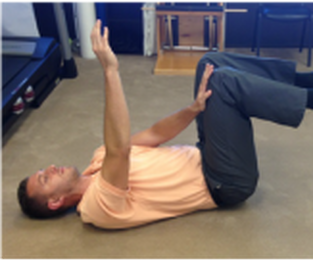
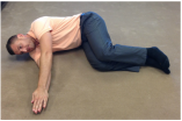
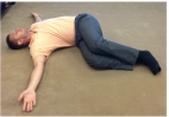
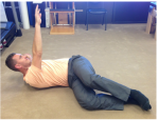
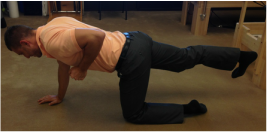
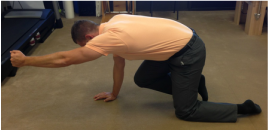
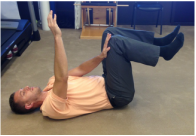
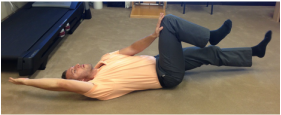
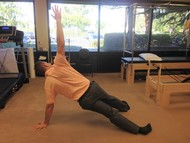
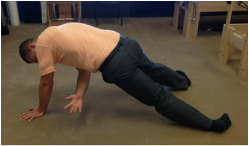

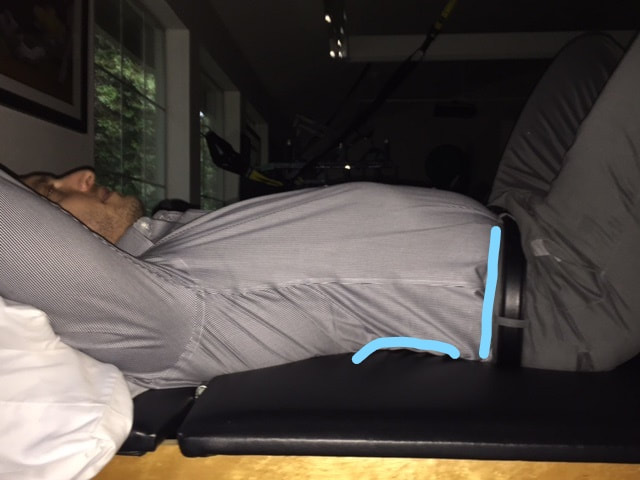
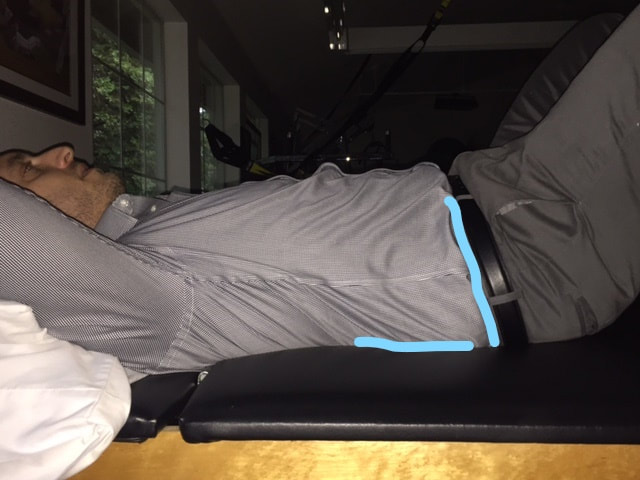
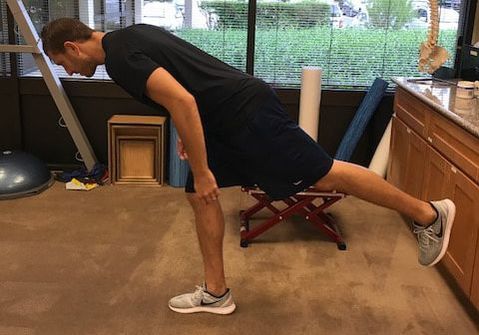
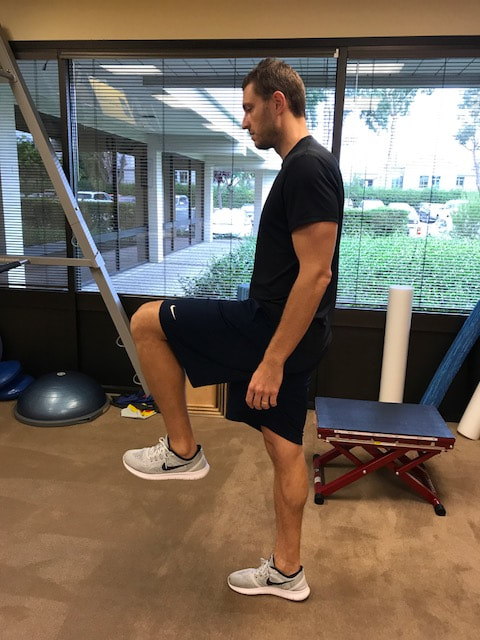
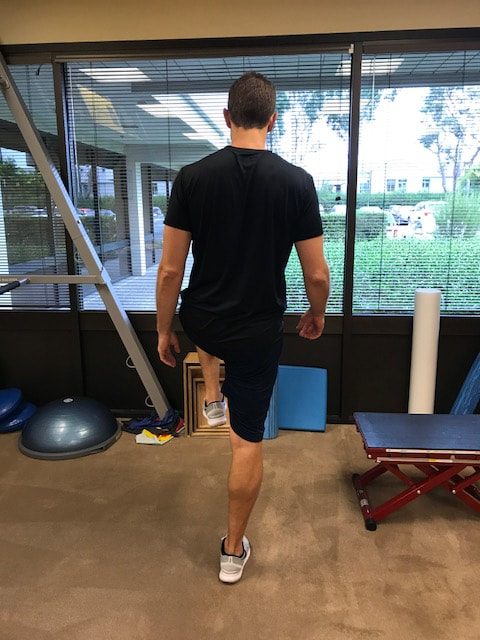
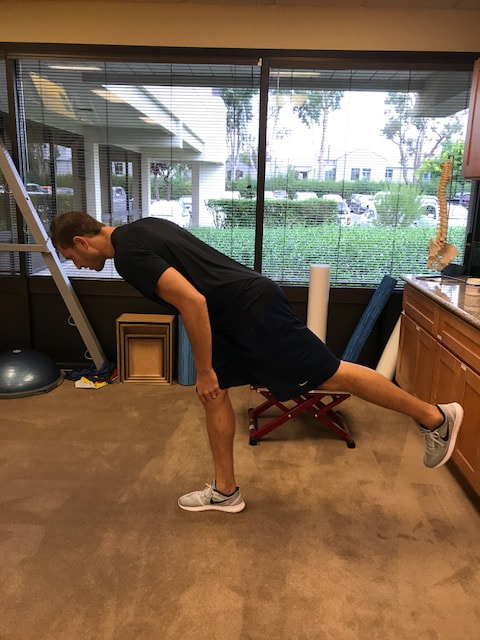
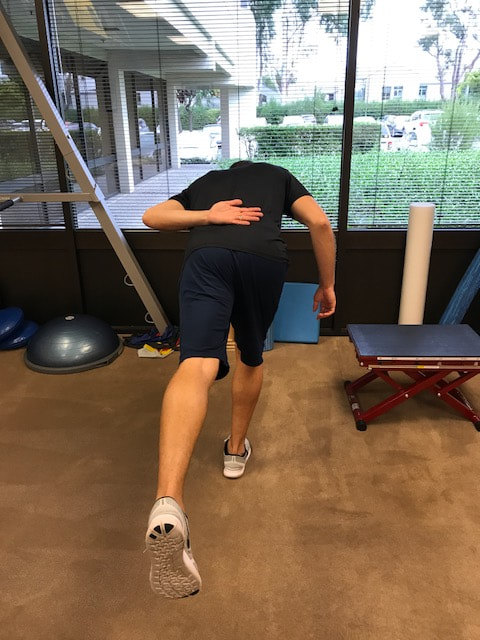
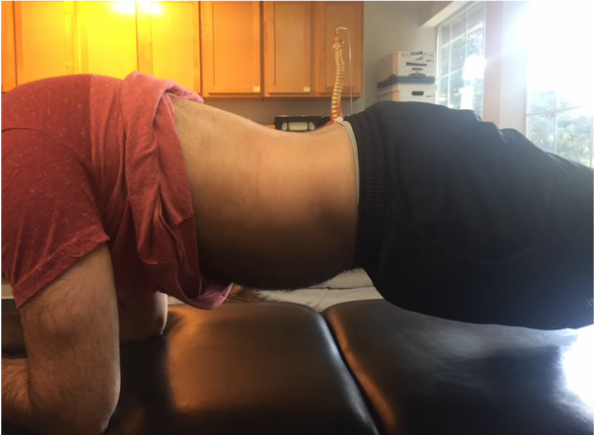
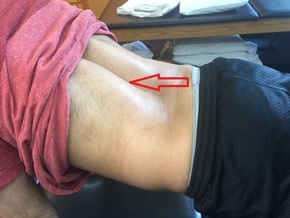
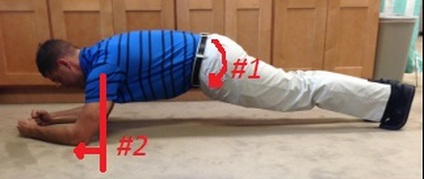

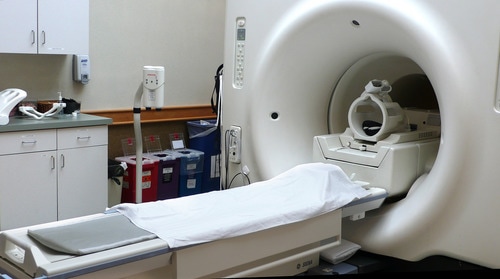

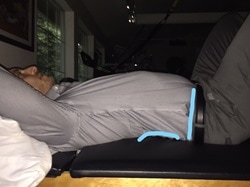
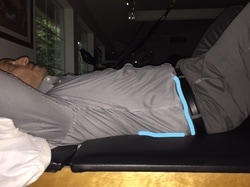
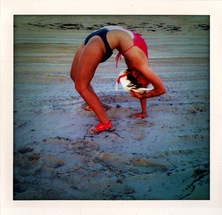
 RSS Feed
RSS Feed
